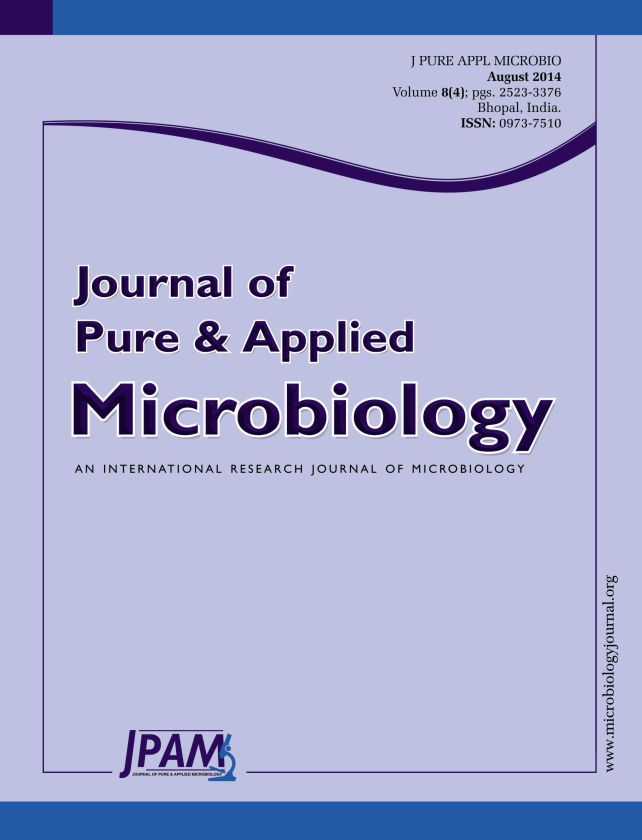Emergence of antibiotic resistance in pathogenic variants of Escherichia coli is a major concern worldwide. Efflux pump overexpression was reported to play major role in conferring multi drug resistant phenotype in E. coli. The aim of this study was to investigate the role of efflux pump in carbapenem and fluroquinolne resistance in nosocomial isolates of E. coli. A total 105 non duplicate, consecutive clinical isolates of E. coli were obtained from a tertiary referral hospital of northeast India. An efflux pump inhibitor (CCCP) based method was used for determination of efflux pump activity. Multiplex PCR was performed for molecular characterization of efflux pump and to determine the presence of plasmid mediated fluroquinolone resistant determinants. ERIC PCR was performed to determine clonal relatedness of the isolates. A total number of 20 (19%) demonstrated efflux pump mediated carbapenem resistance and 18 (17%) demonstrated efflux pump mediated fluroquinolone resistance. AcrA-TolC efflux system was predominant type. Coexistence of qnr-B gene was also observed in few isolates. All the isolates were clonally nonrelated. This is the first report emphasizing role of efflux pump in carbapenem and furoquinolone resistance from this part of the country and the emergence of these mutants call for proper therapeutic options and diagnostic interventions.
Escherichia coli, AcrAB-TolC, Carbapenem, Fluroquinolone
© The Author(s) 2014. Open Access. This article is distributed under the terms of the Creative Commons Attribution 4.0 International License which permits unrestricted use, sharing, distribution, and reproduction in any medium, provided you give appropriate credit to the original author(s) and the source, provide a link to the Creative Commons license, and indicate if changes were made.


